- Antipasti
- Bella Italia
- Dessert
- Drinks
- Favorite Italian recipes
- Main courses
- Pasta
- Pizza
- Side dishes and salad
- Tips & Knowledge
Ragù bianco – white Bolognese
Would you like a tasty alternative to Bolognese? Without tomatoes? Then cook Ragù Bianco! This sauce offers the same blend of taste, tradition and comfort that we love so much in a Bolognese. It is a timeless dish that incorporates the art of Italian cuisine. Nevertheless, ragù bianco is something special because it is not yet known on every corner.
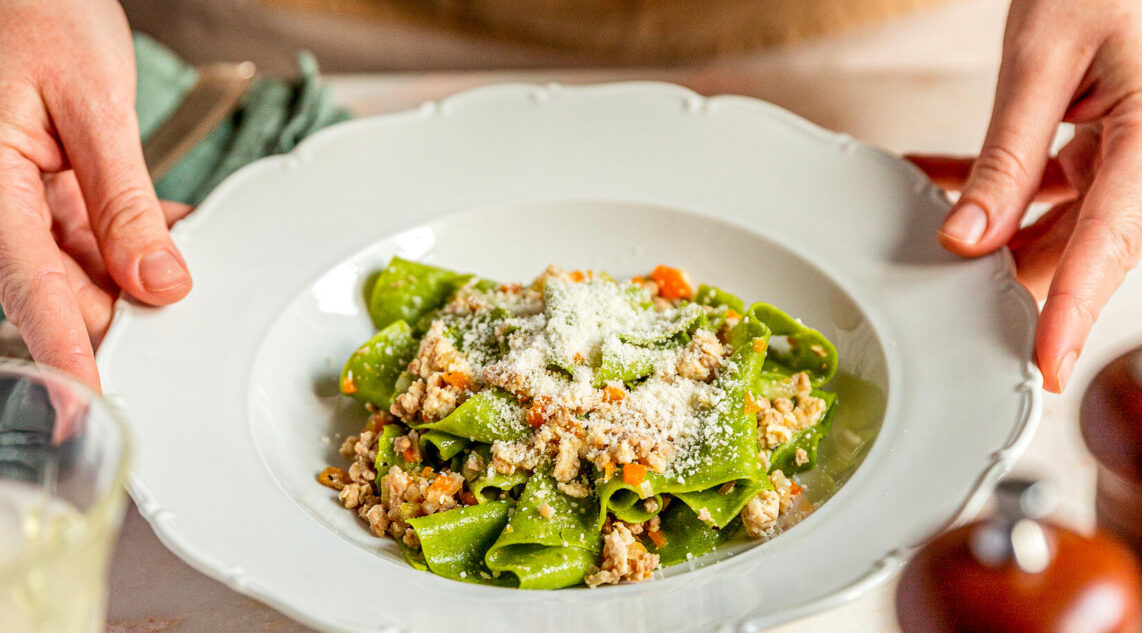
- 300 g Mixed mince, made from minced pork, veal and/or turkey
- 50 g Pancetta, diced
- 1 Onion, small
- 1 Celery stalk
- 1 Carrot, small
- 1 Garlic clove
- 20 g Butter, cold
- 6 sprigs of thyme
- 100 ml White wine
- 200 ml Vegetable broth
- 2 EL Olive oil
- Salt
- Pepper
Schritt für Schritt durch´s Rezept
- Step 1In a hot pan, sauté the vegetables and pancetta in two tablespoons of olive oil over a low heat until the onions are translucent. Season with a pinch of salt and the thyme.
- Step 2Then increase the temperature and add the mince to the mixture in the pan. Stir-fry until the meat is well browned. Break up larger lumps of meat with the back of a spoon.
- Step 3When the meat is browned, season with salt and pepper and deglaze with the white wine. Season with salt and pepper and stir well. Reduce the heat, add the vegetable stock and simmer the ragù for 10-15 minutes. Then stir in the cold butter to thicken the sauce.
Bolognese in white
Ragù Bianco is a delicious Italian meat sauce that – like ragù with tomatoes – has its origins in the Emilia-Romagna region. In contrast to red Bolognese, ragù bianco is characterized by the use of white wine and vegetable stock. This mixture gives the dish a unique texture and a delicate taste that enhances the flavors of the meat.
Ragù Bianco is real slow food
Ragù Bianco requires a lot of love, patience and care in its preparation. The slow sautéing of the vegetables and the gradual addition of liquids help to intensify the aromas and give the ragù a rich consistency. The use of different types of meat adds to the complexity of the flavor.
Serving suggestion and drink recommendation
Fresh pasta goes best with white ragù. As the sauce itself doesn’t have much color, colorful pasta is particularly suitable. In this recipe, we have served bright green pappardelle. Everything was topped with extra grated pecorino.
A really spicy white wine is a great accompaniment, for example a Chardonnay from South Tyrol. But a velvety Ripasso Valpolicella or a Sangiovese also go well with this hearty pasta sauce.
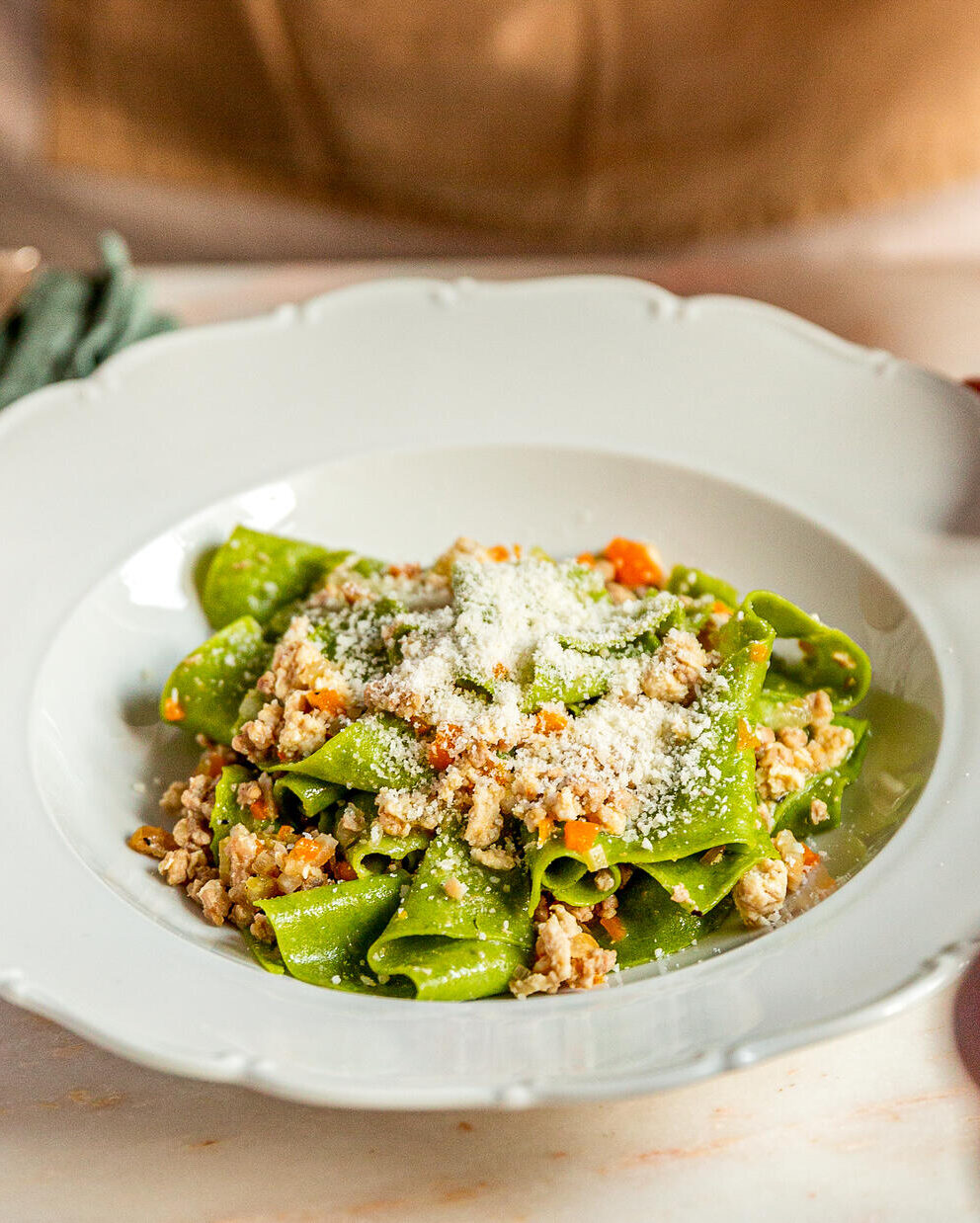
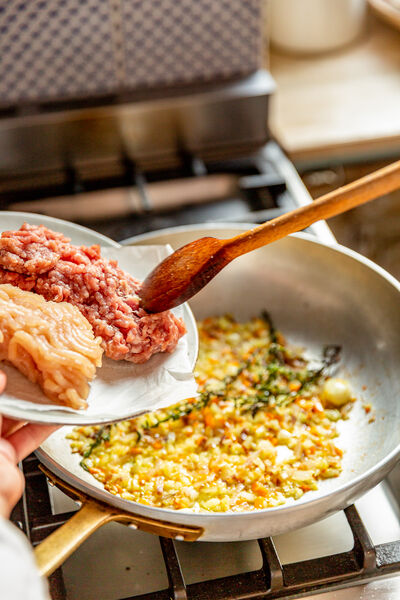
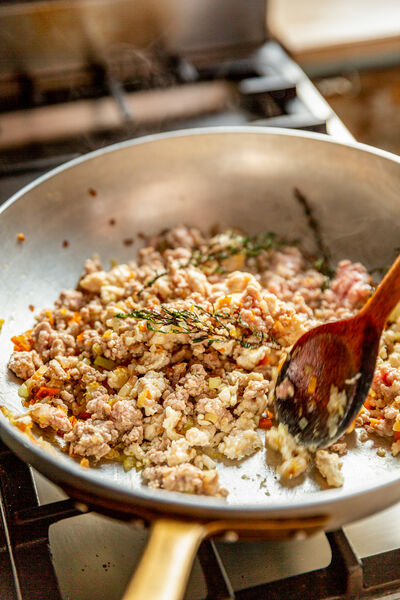
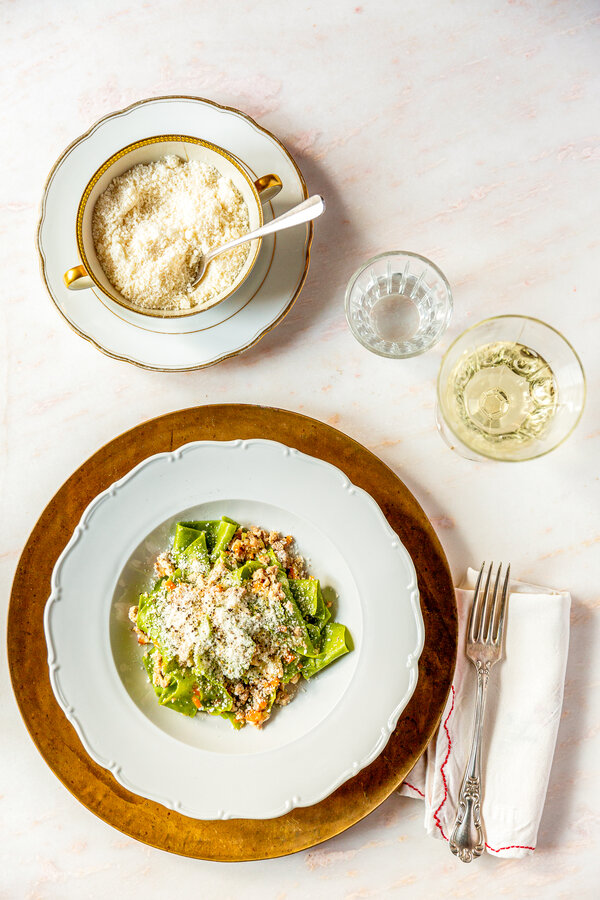
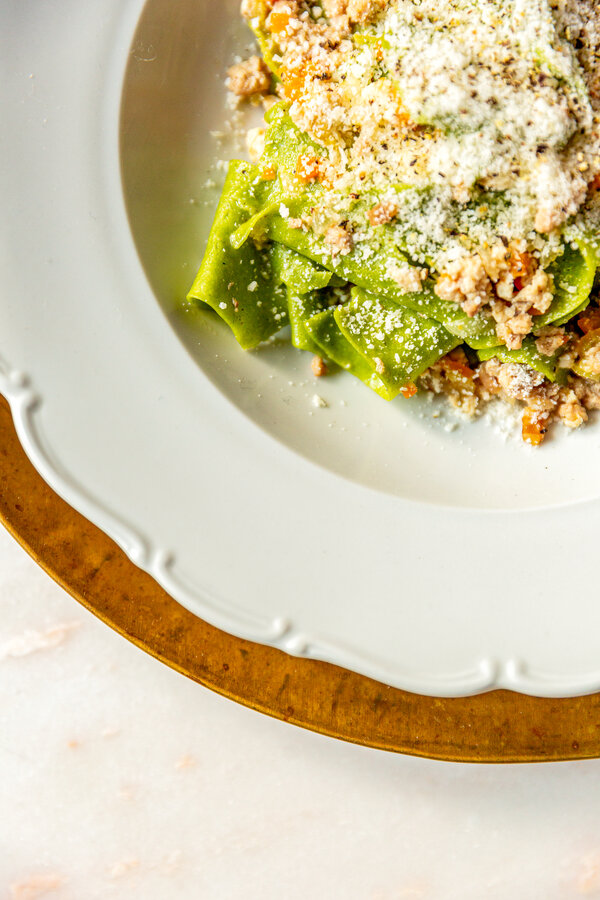
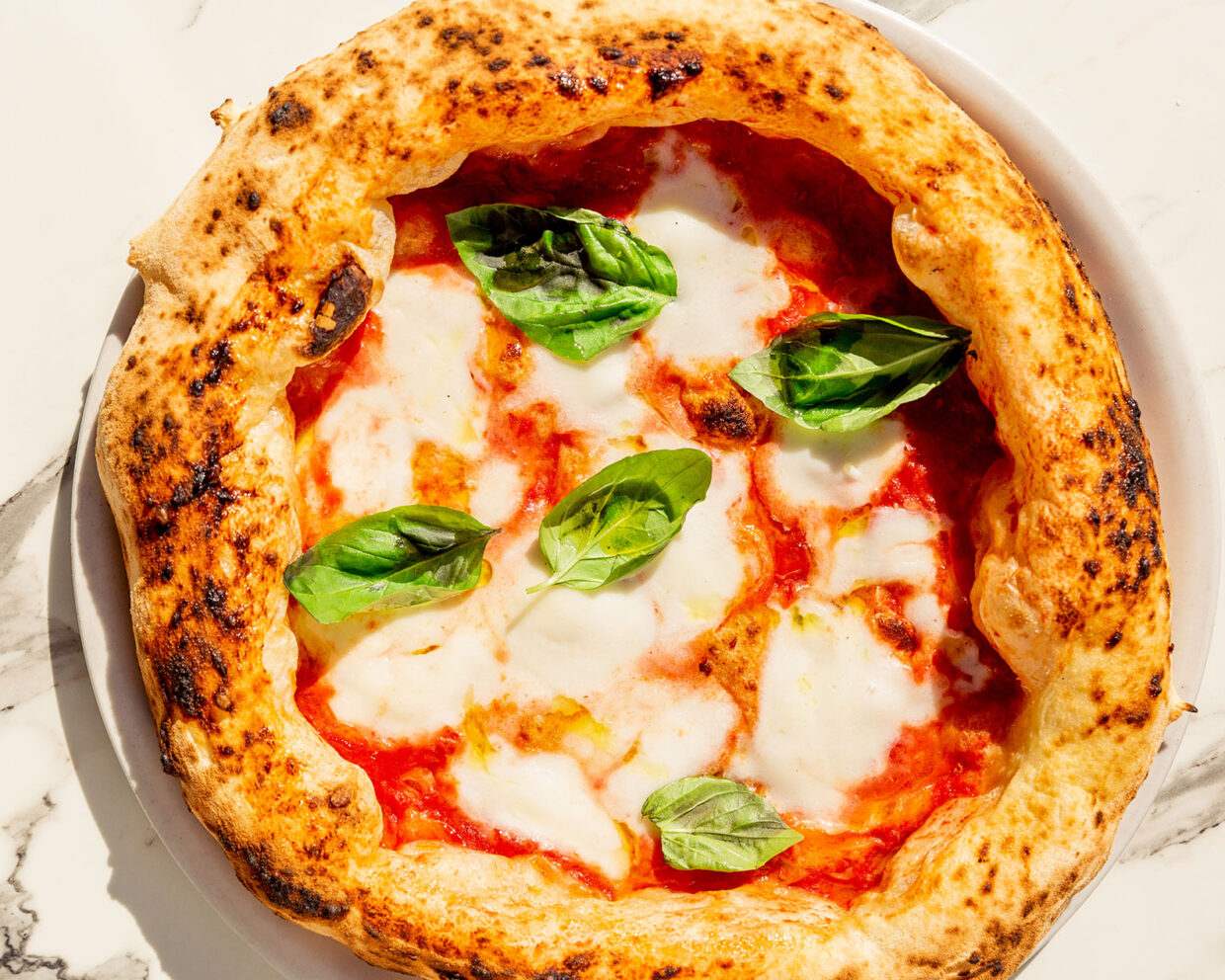
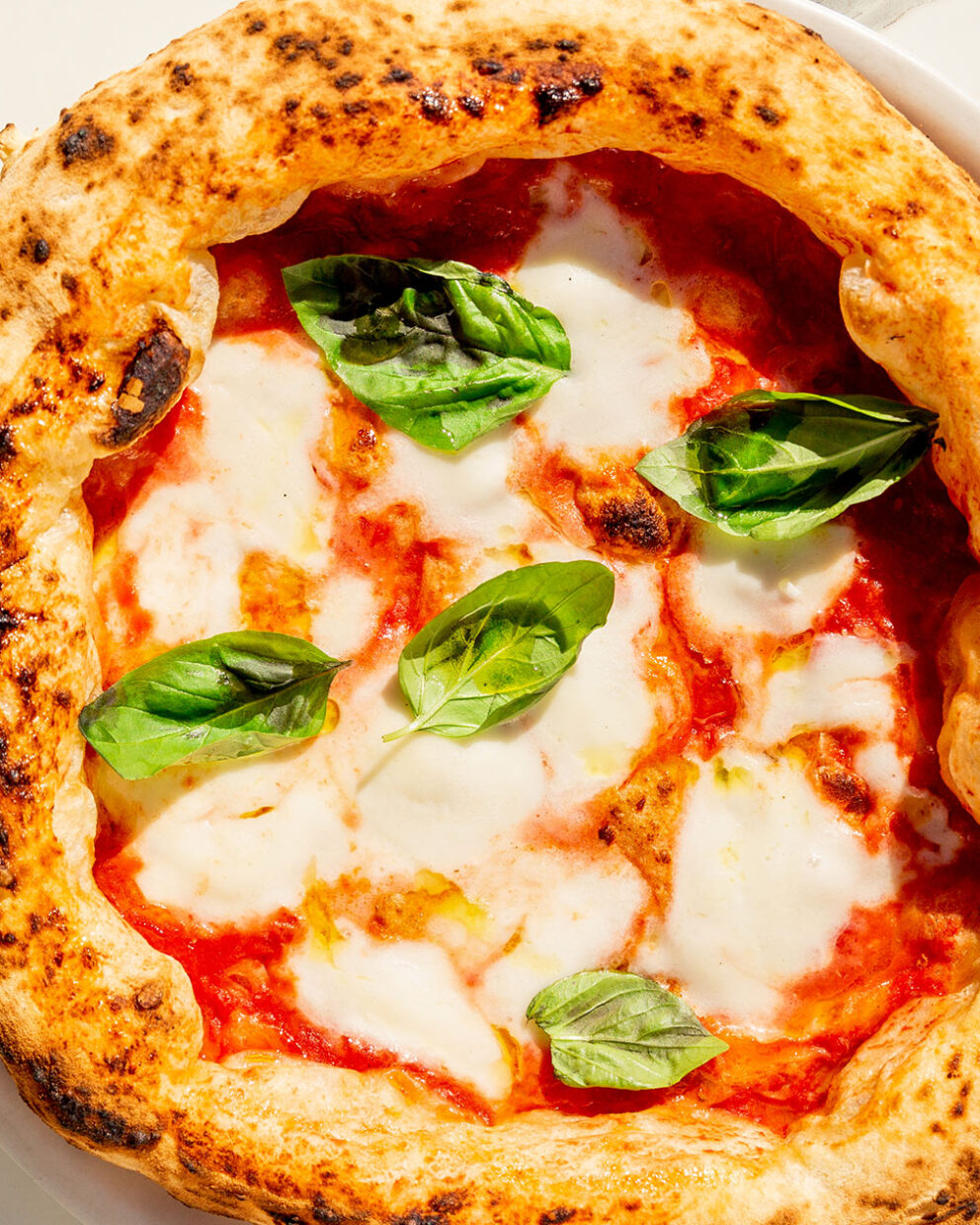
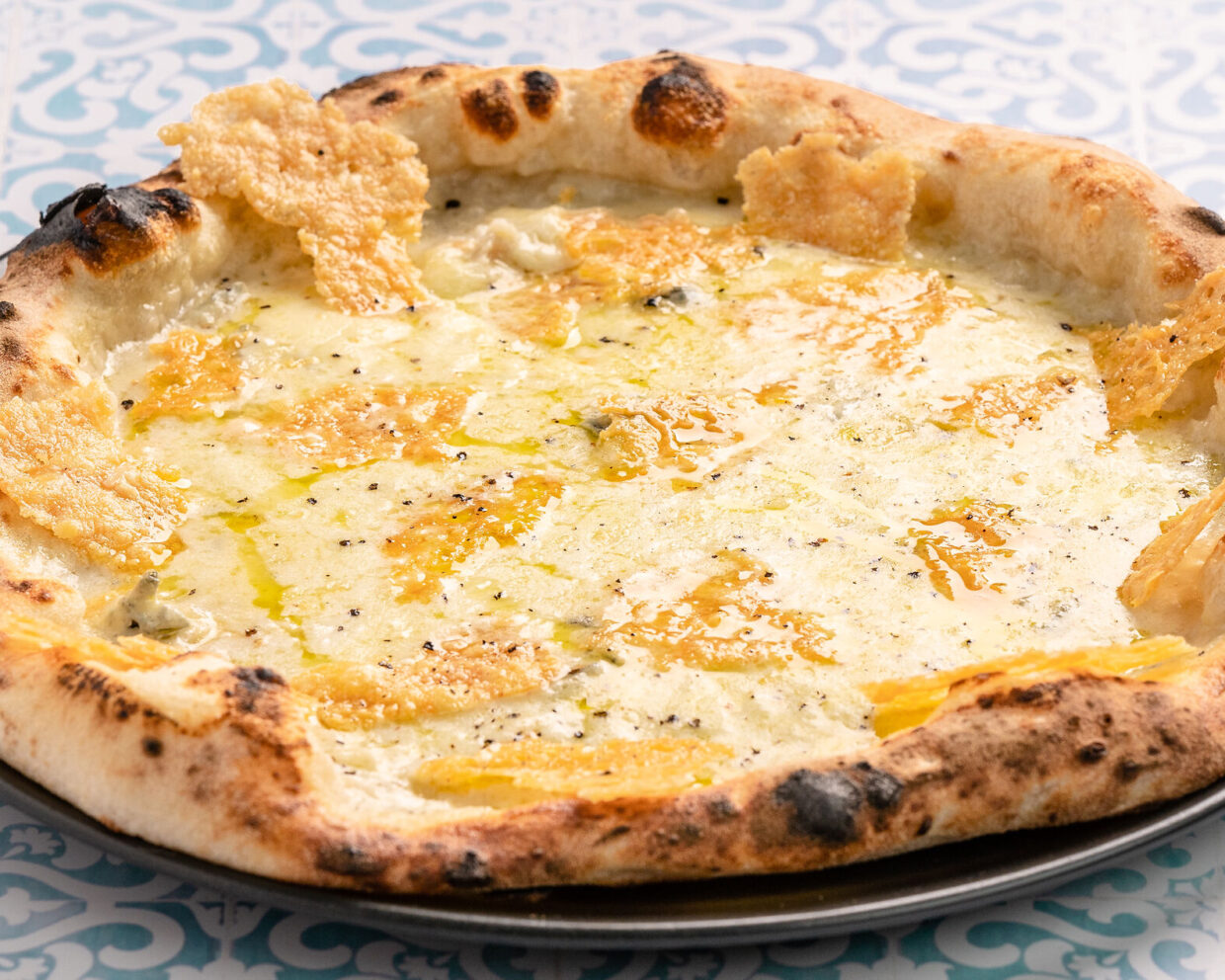
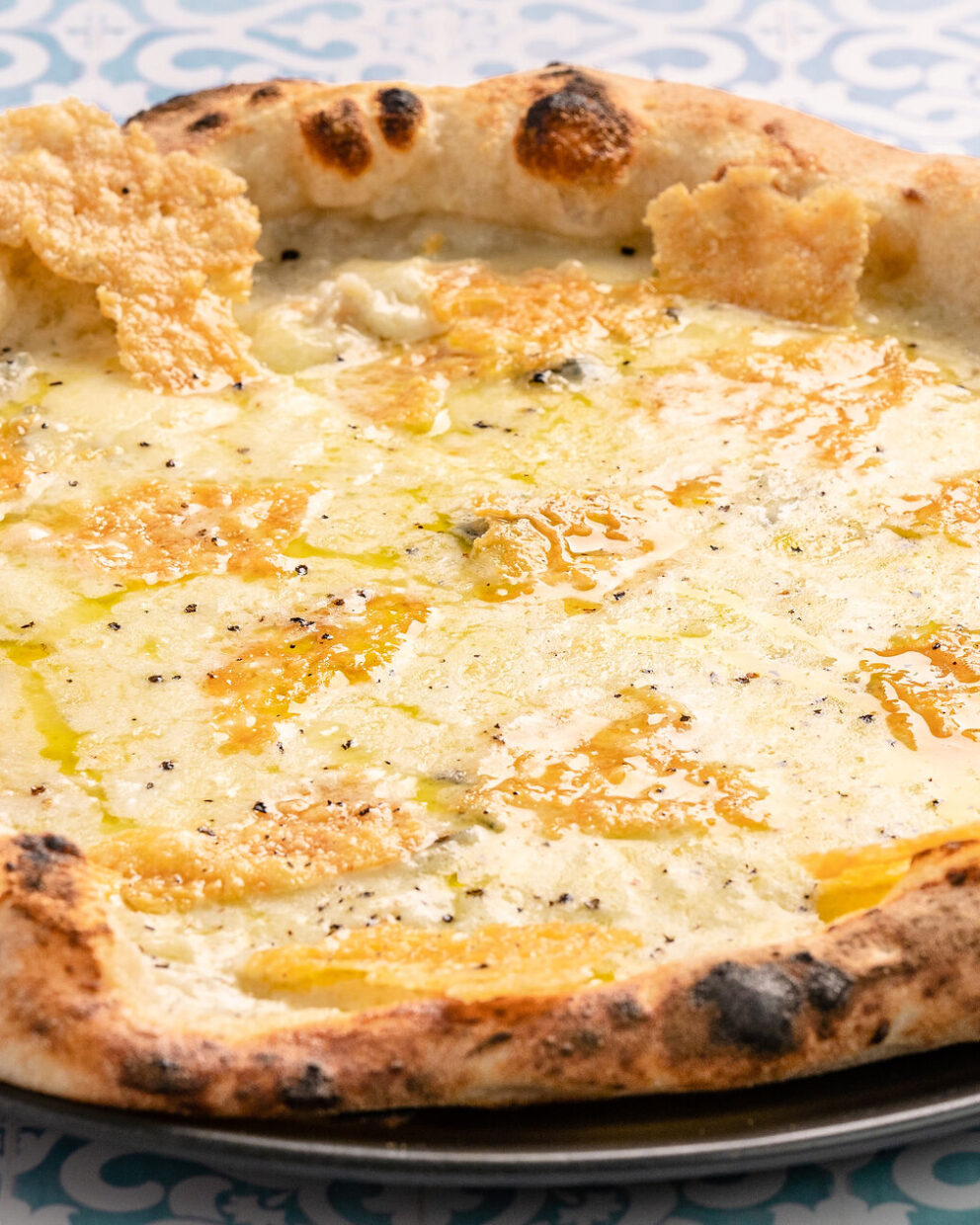
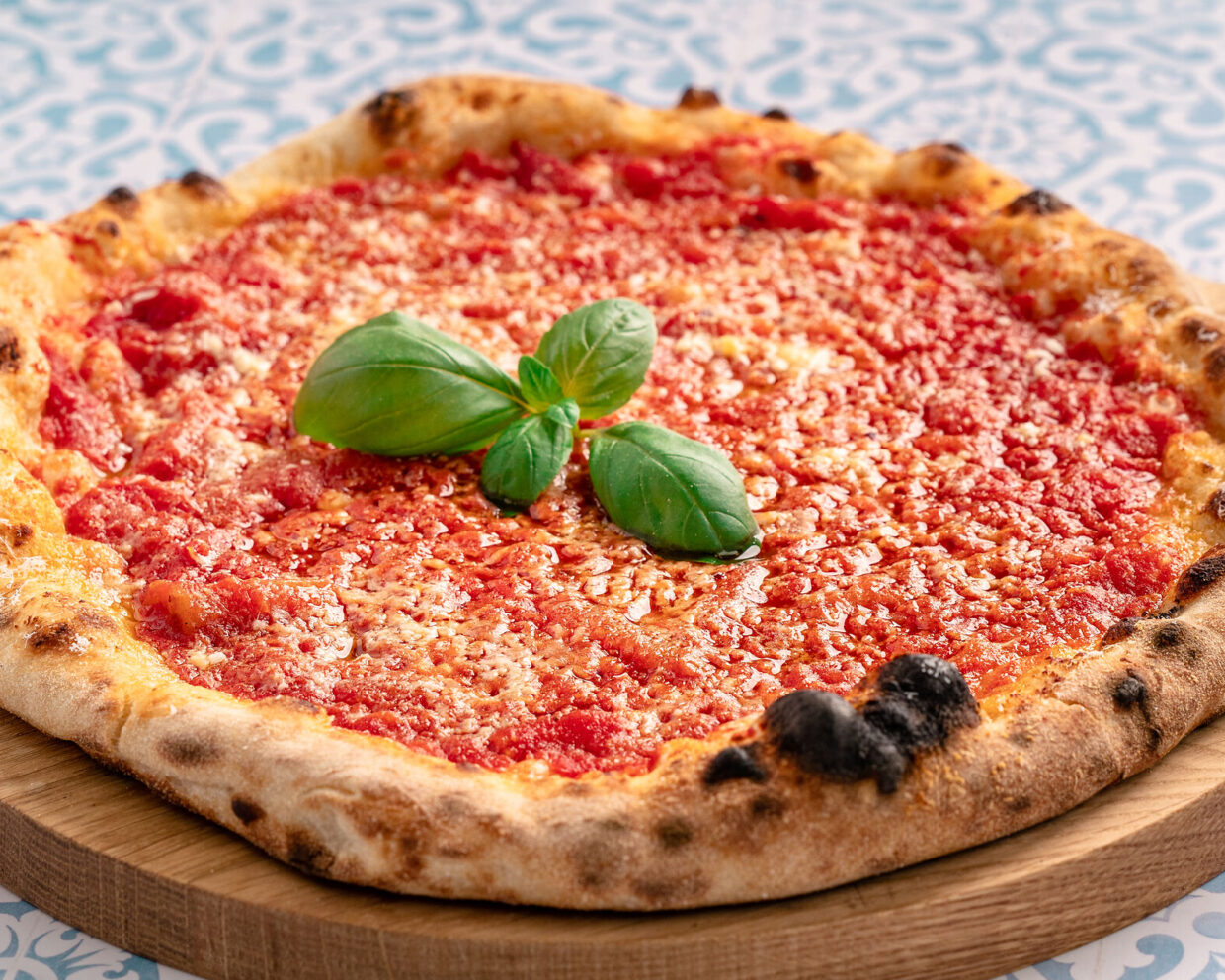

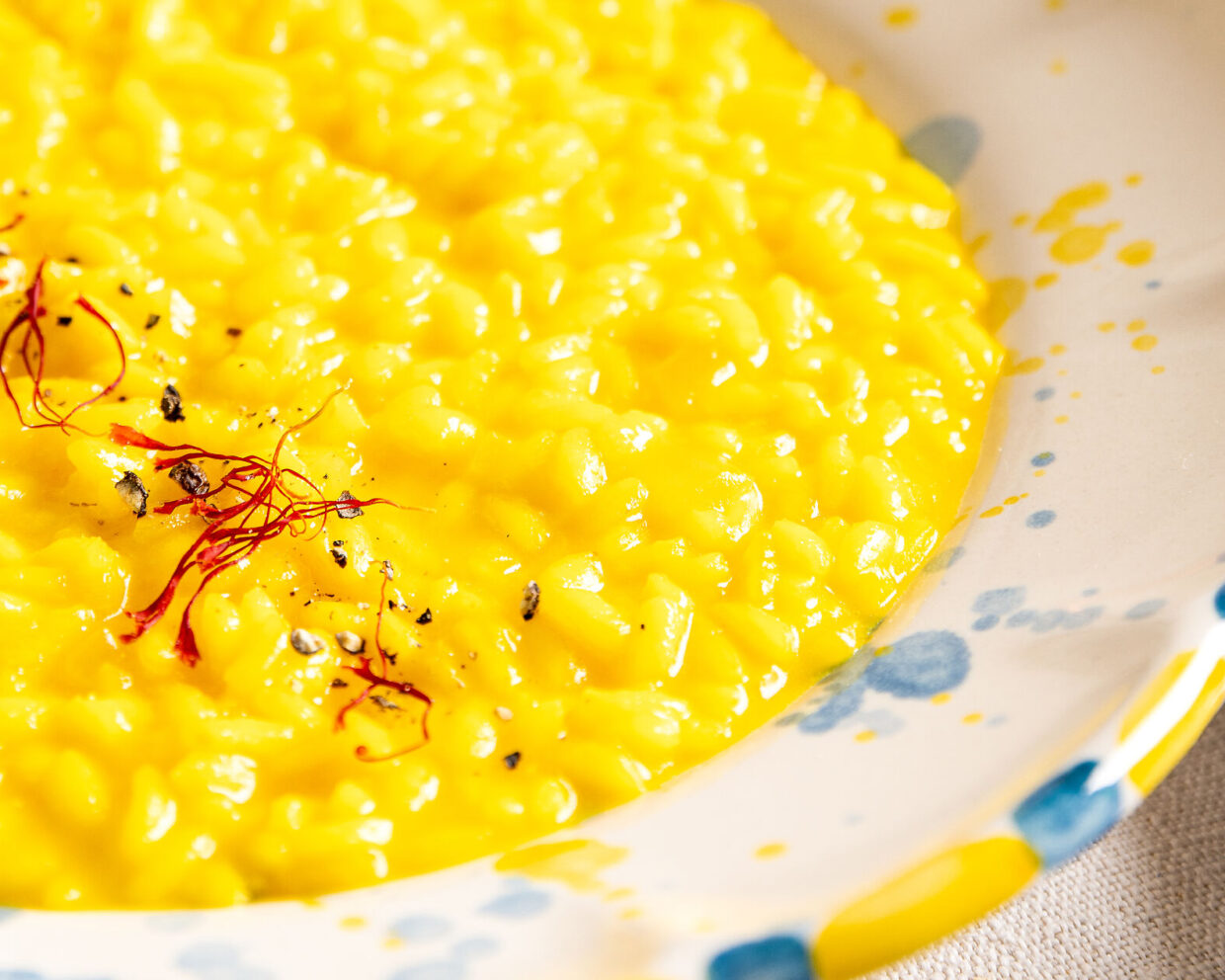
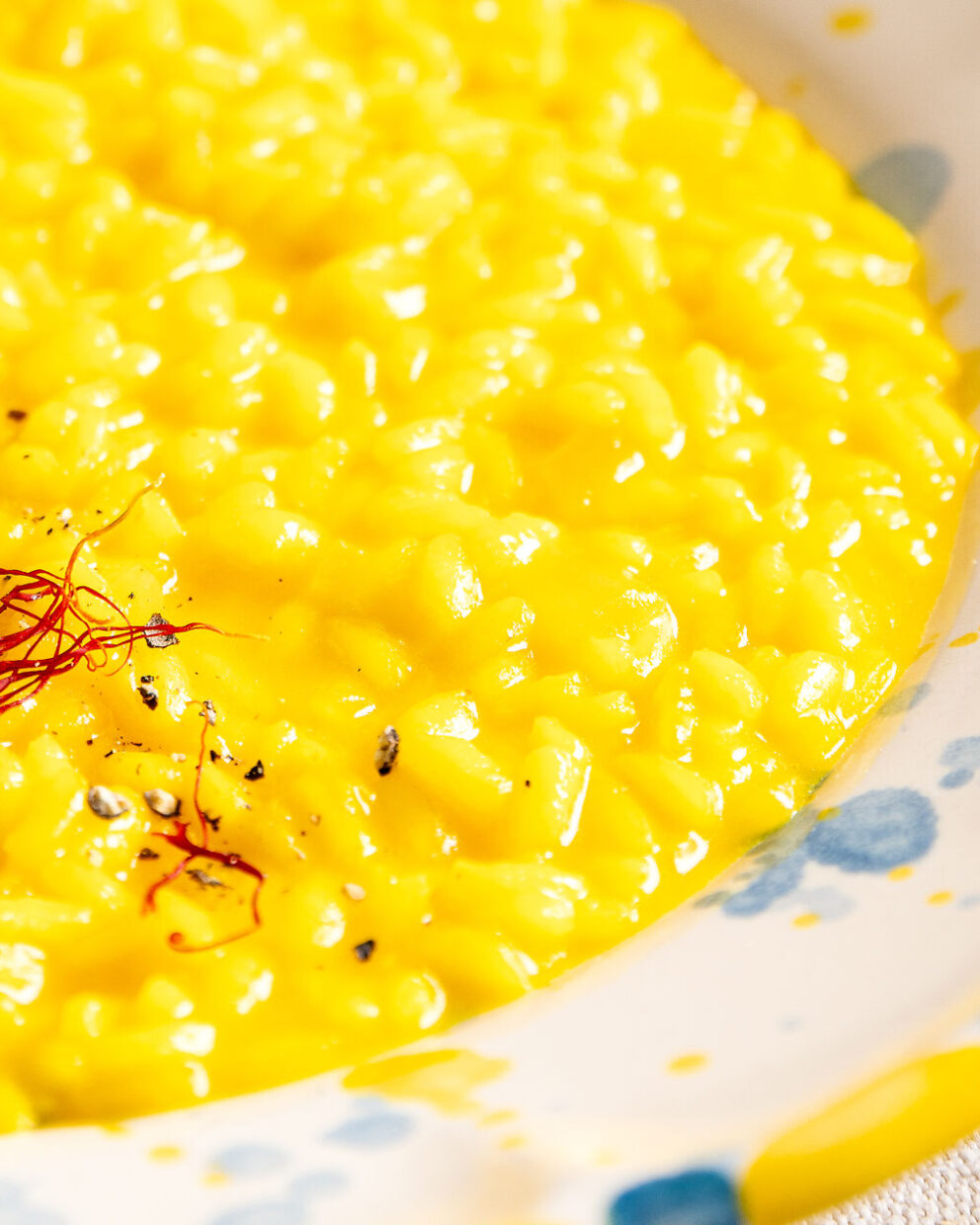
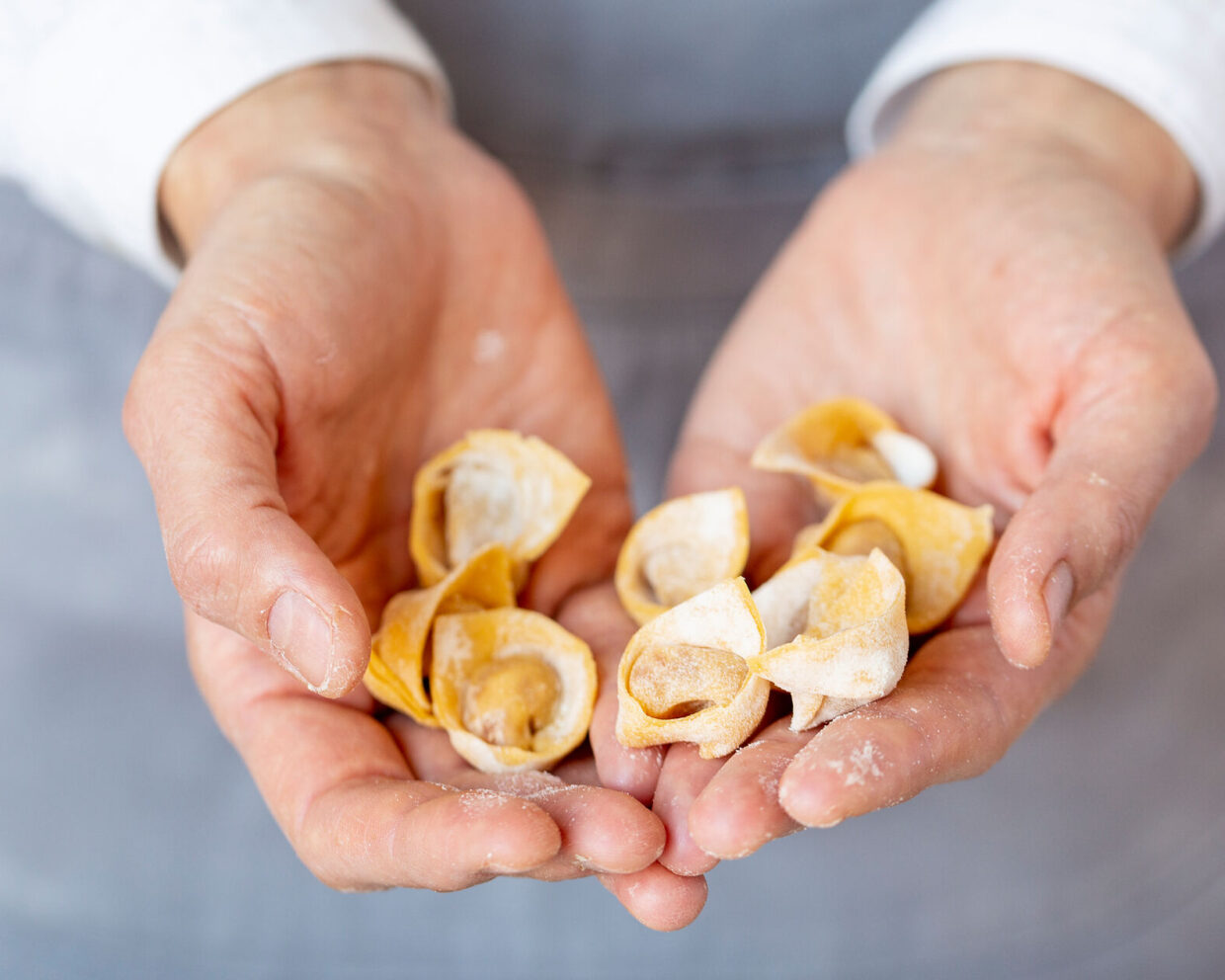
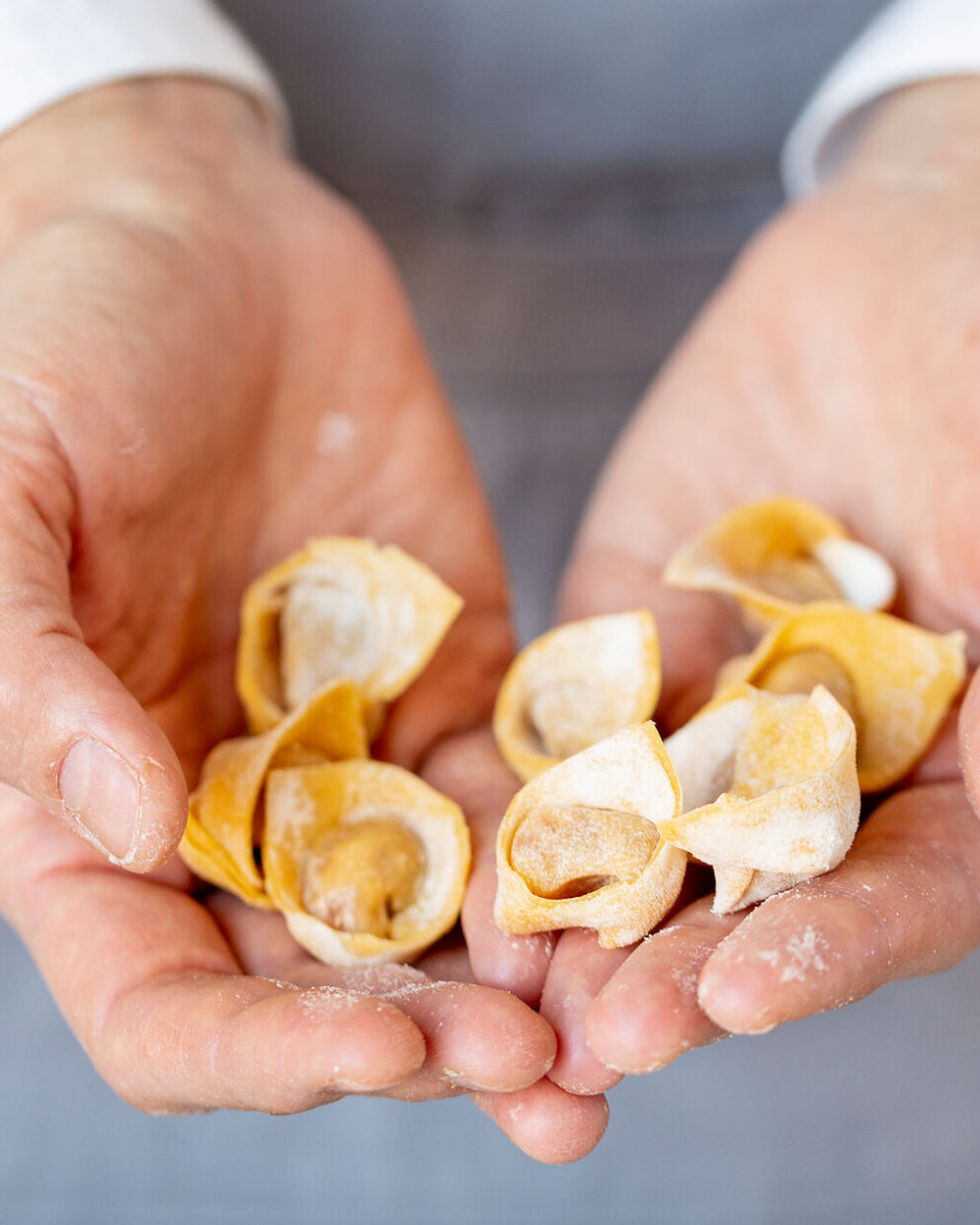
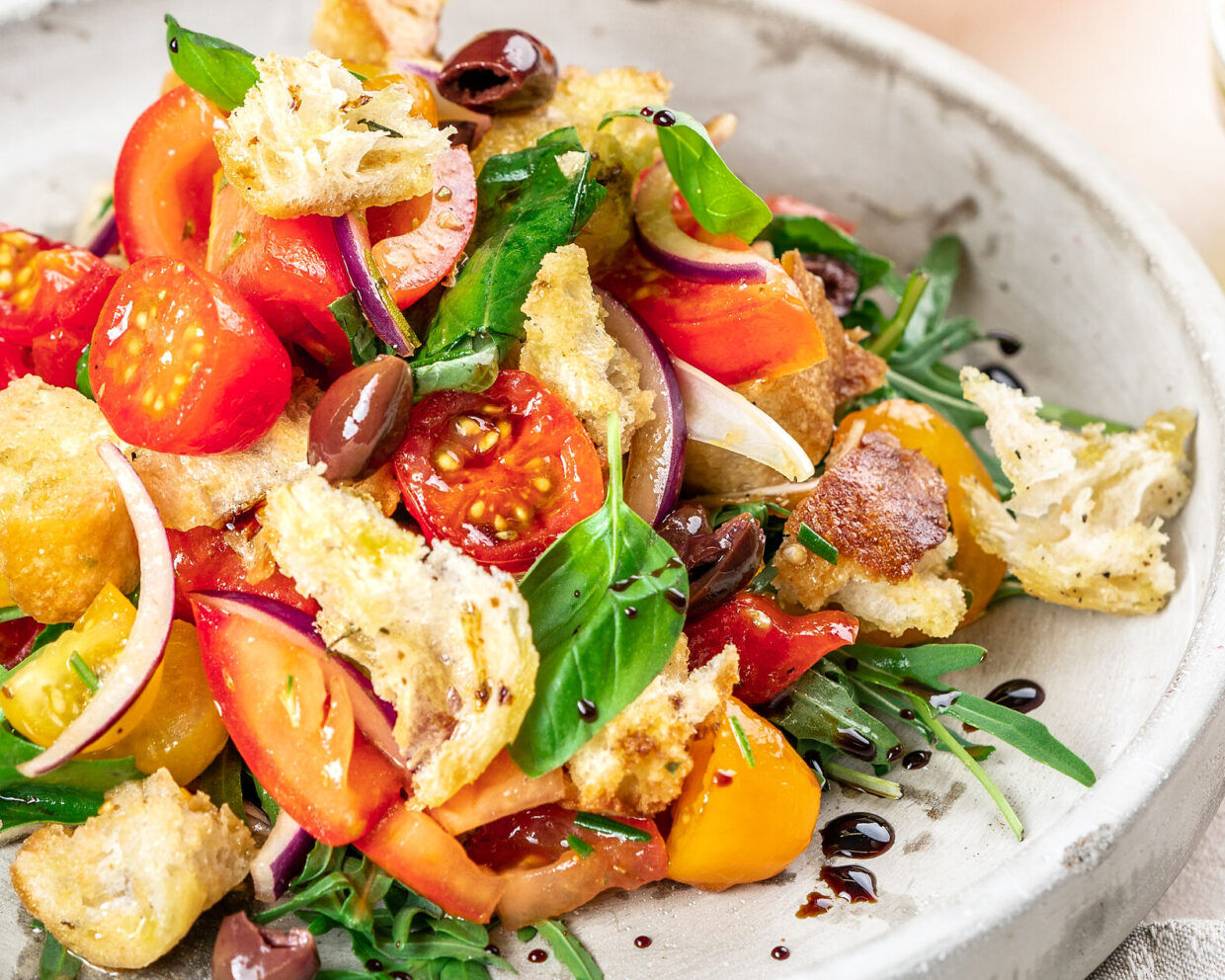
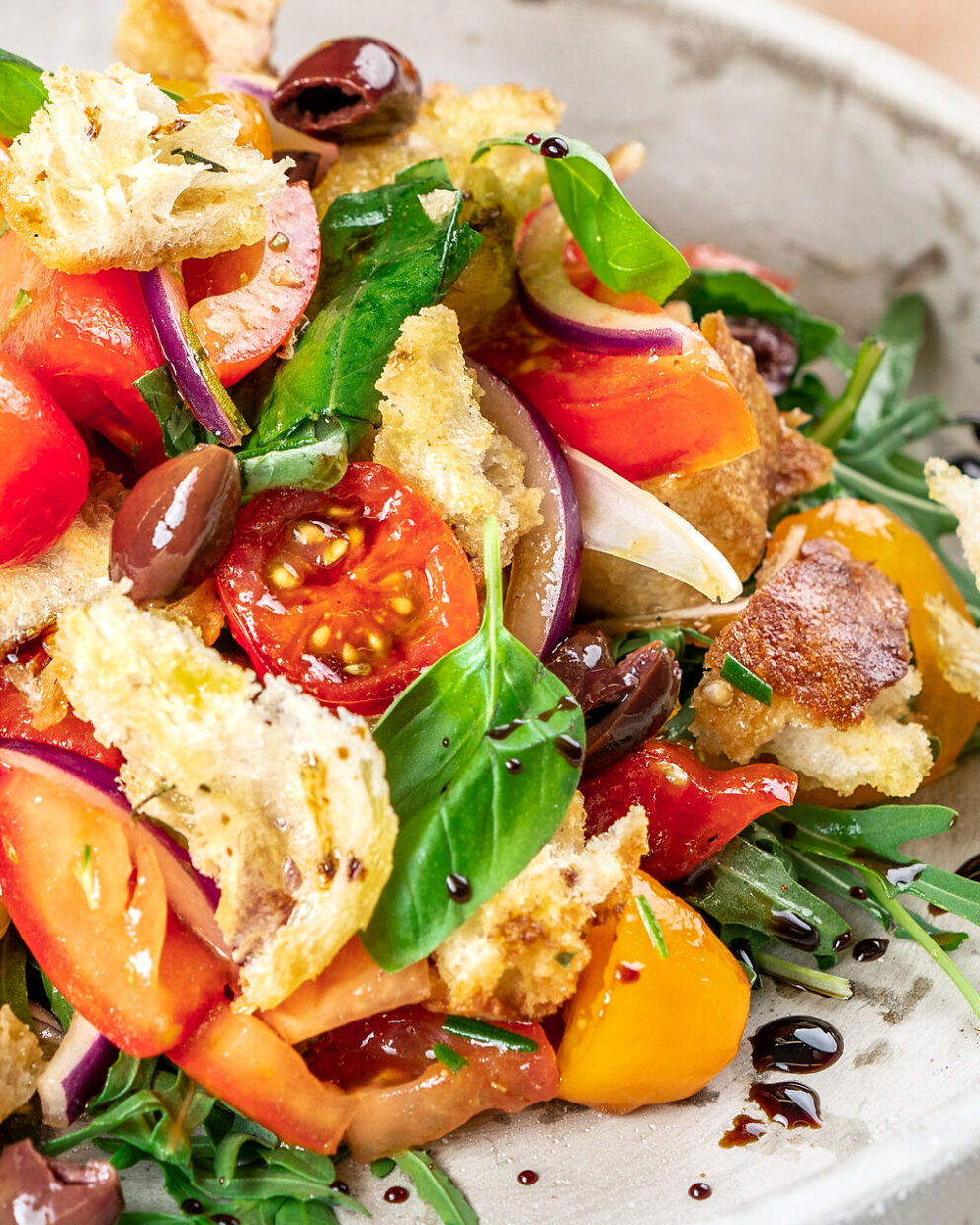
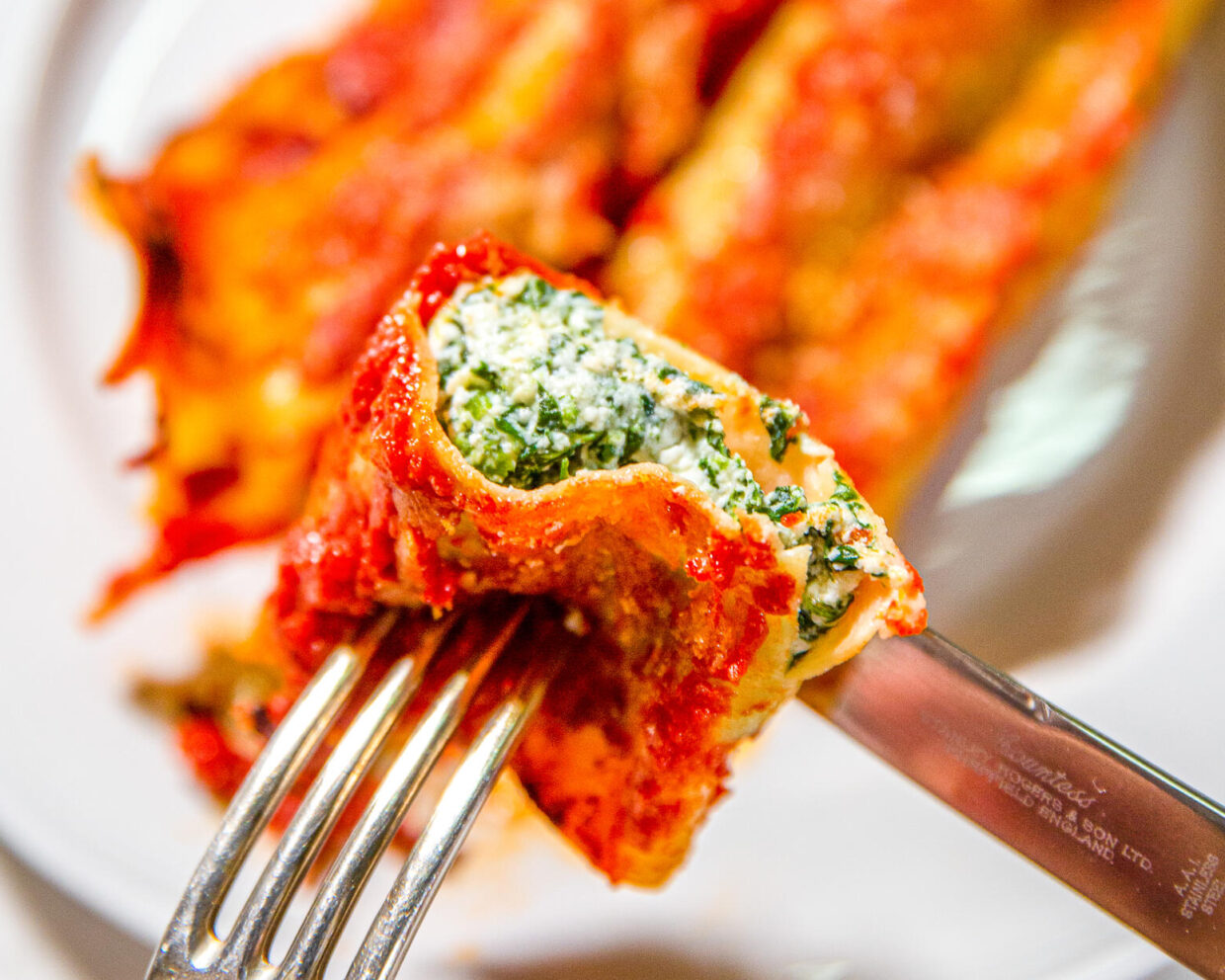
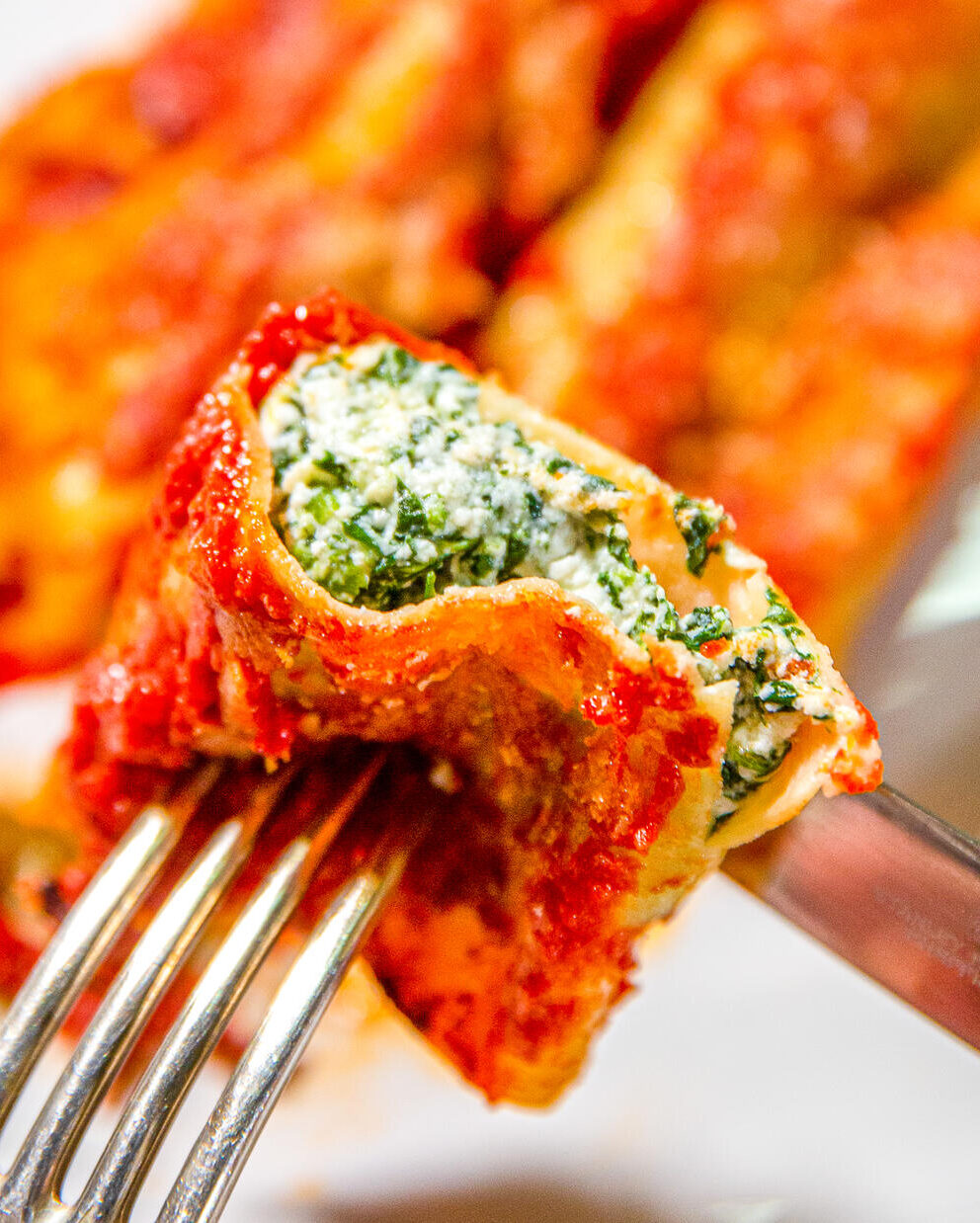
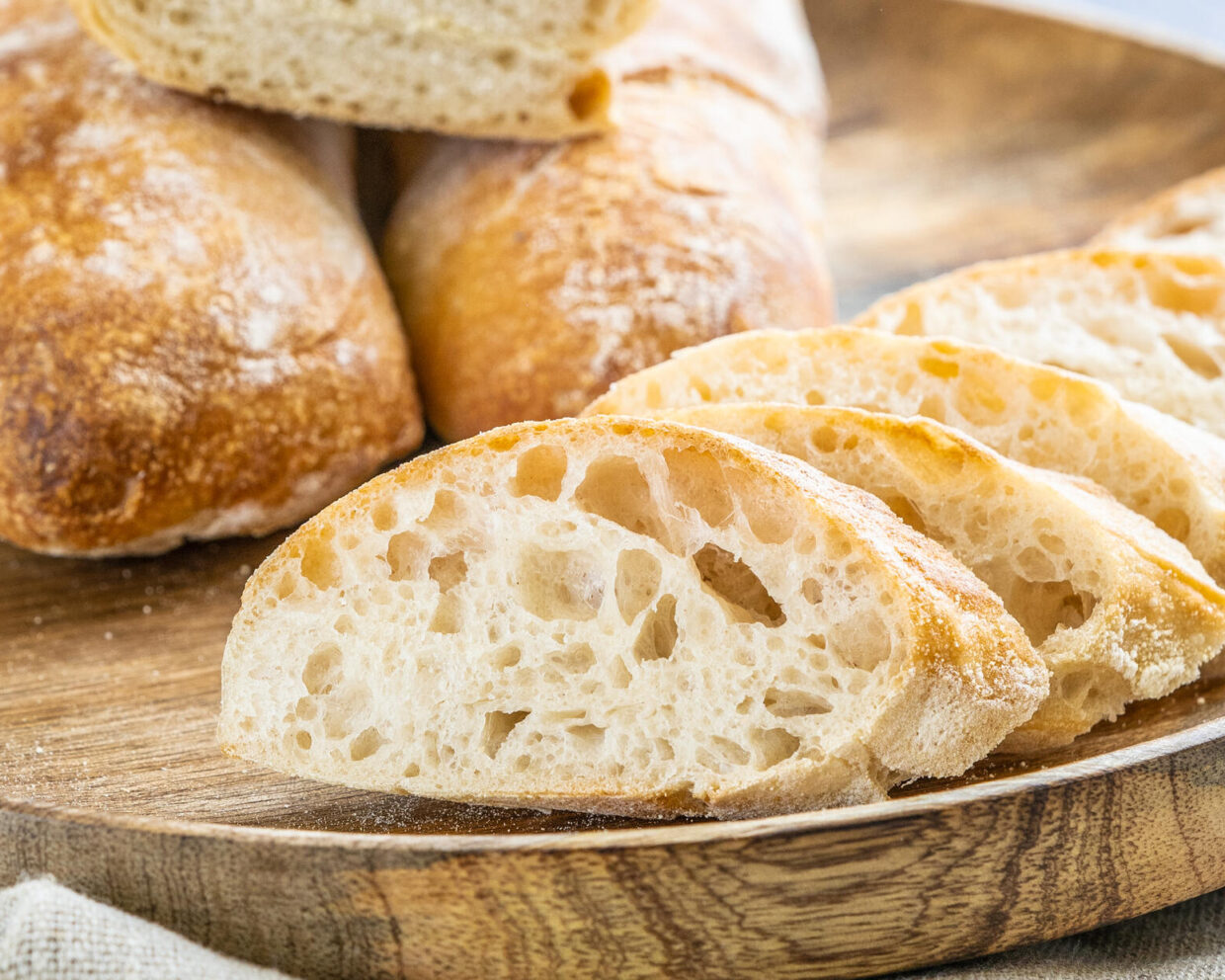
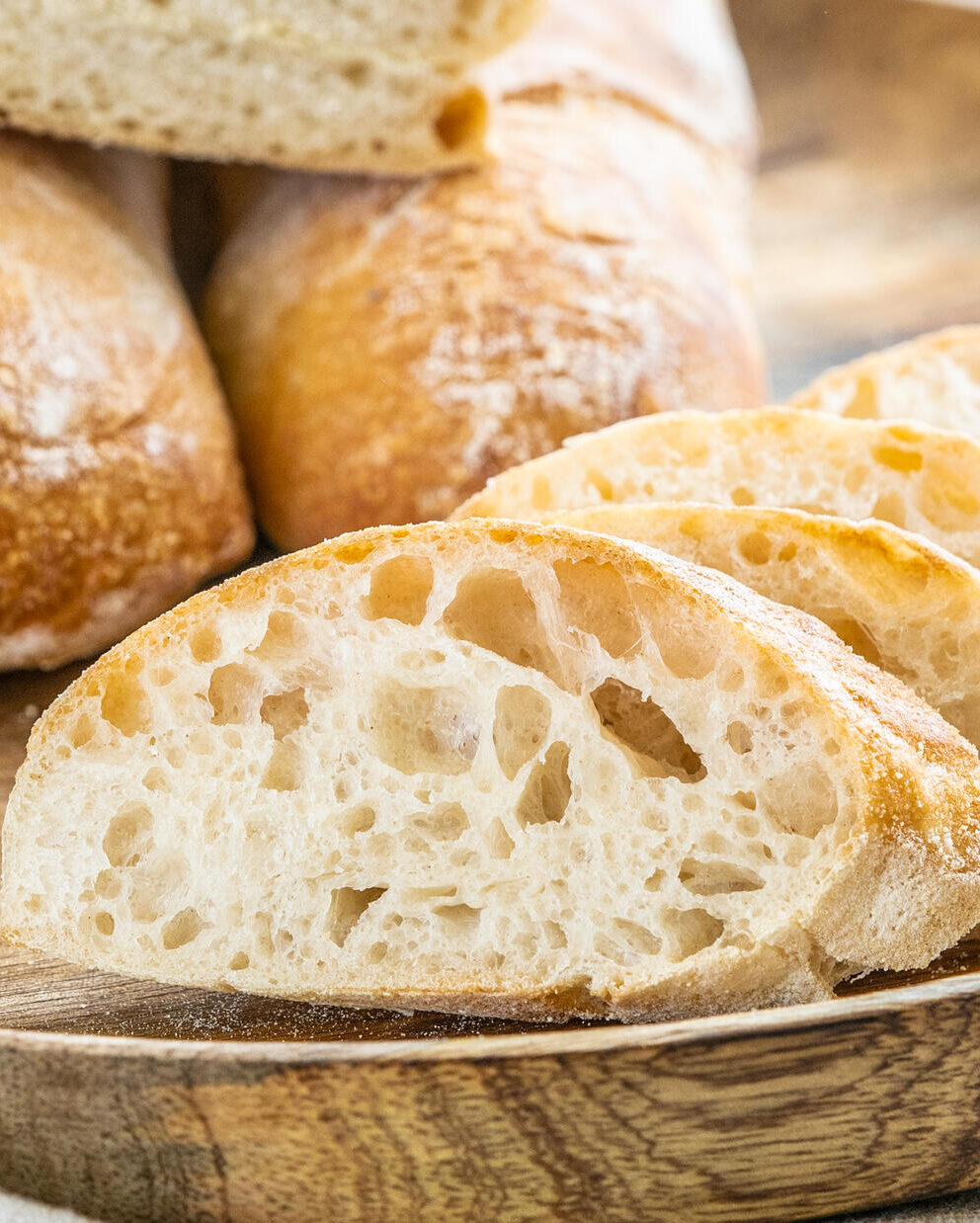
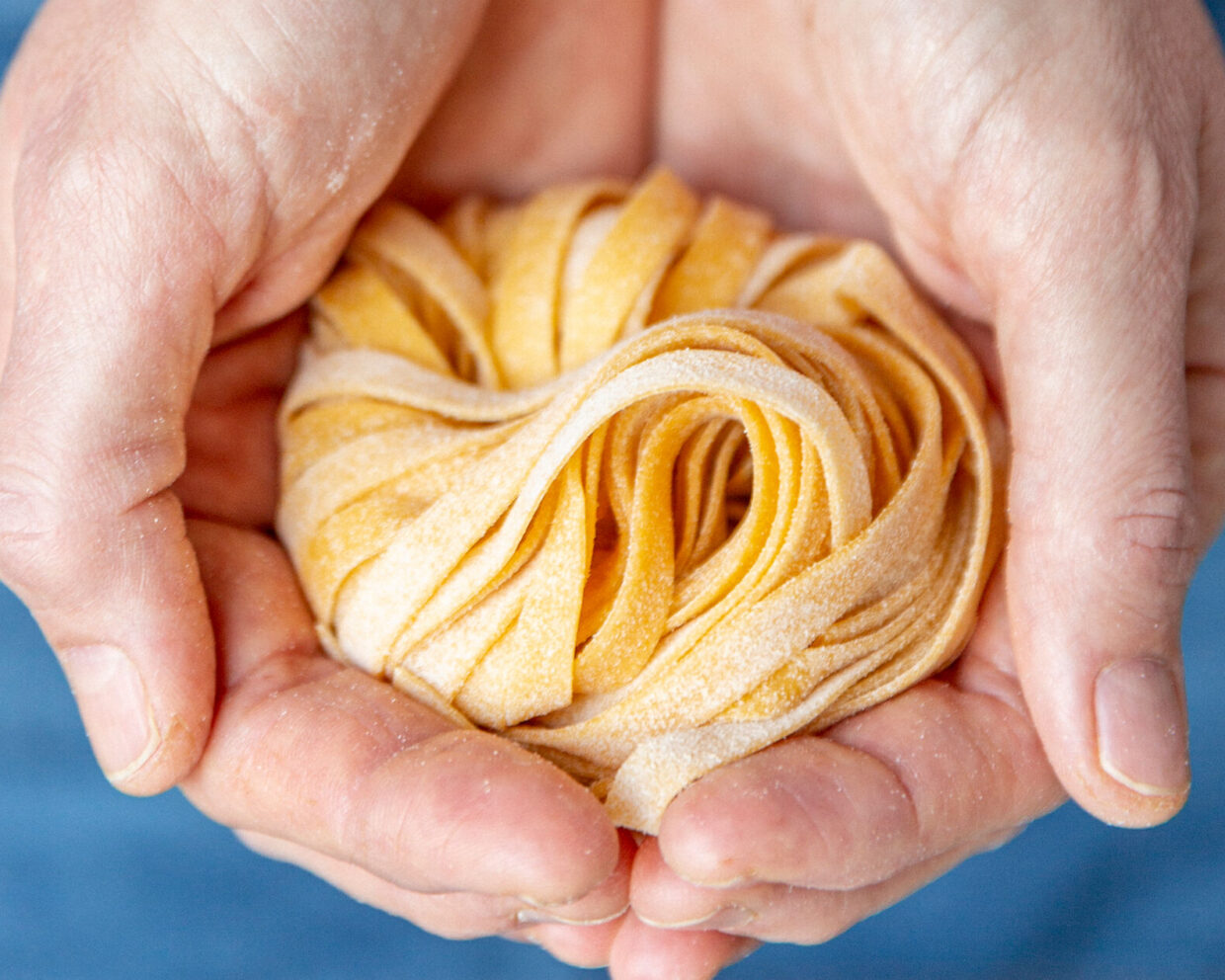
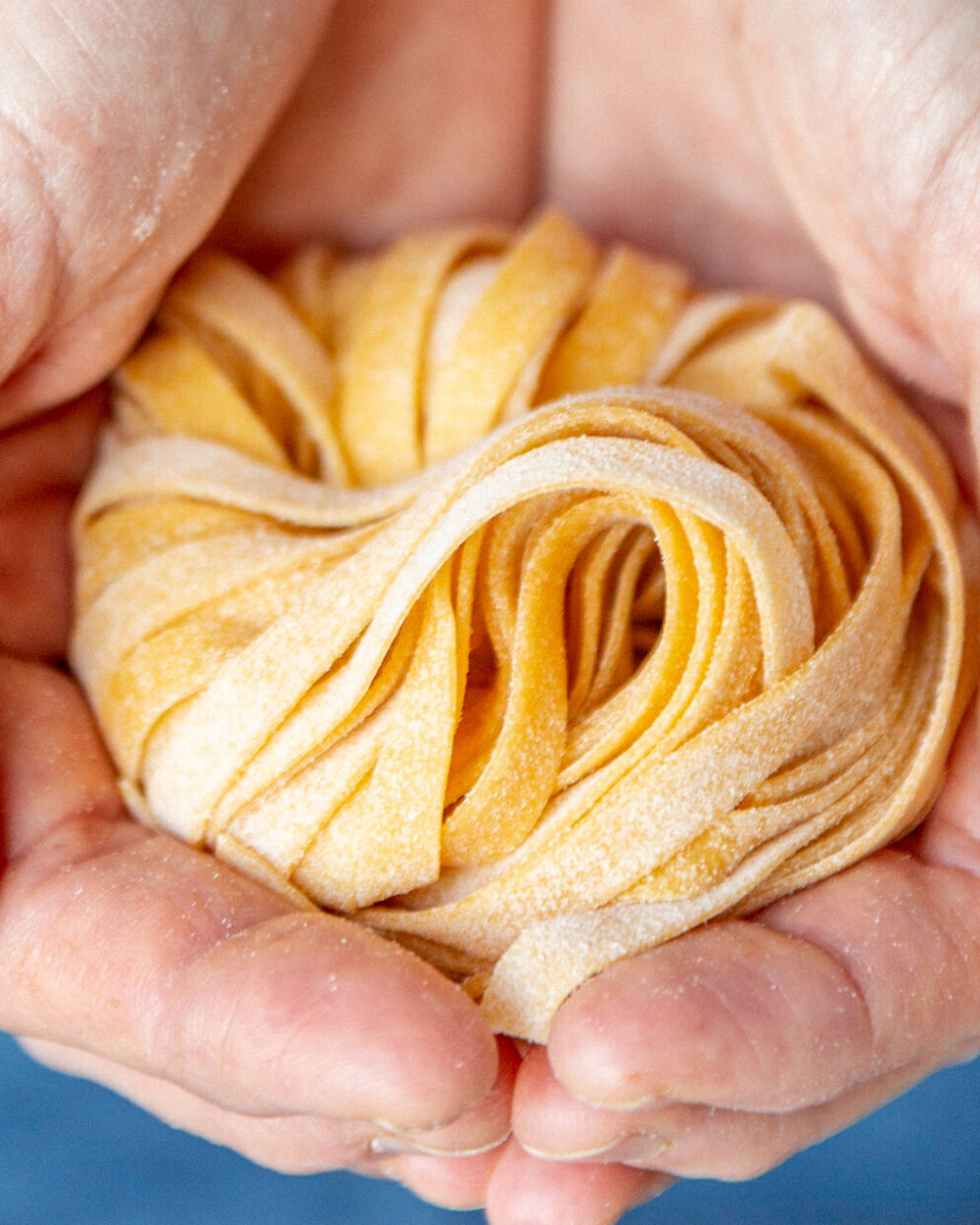
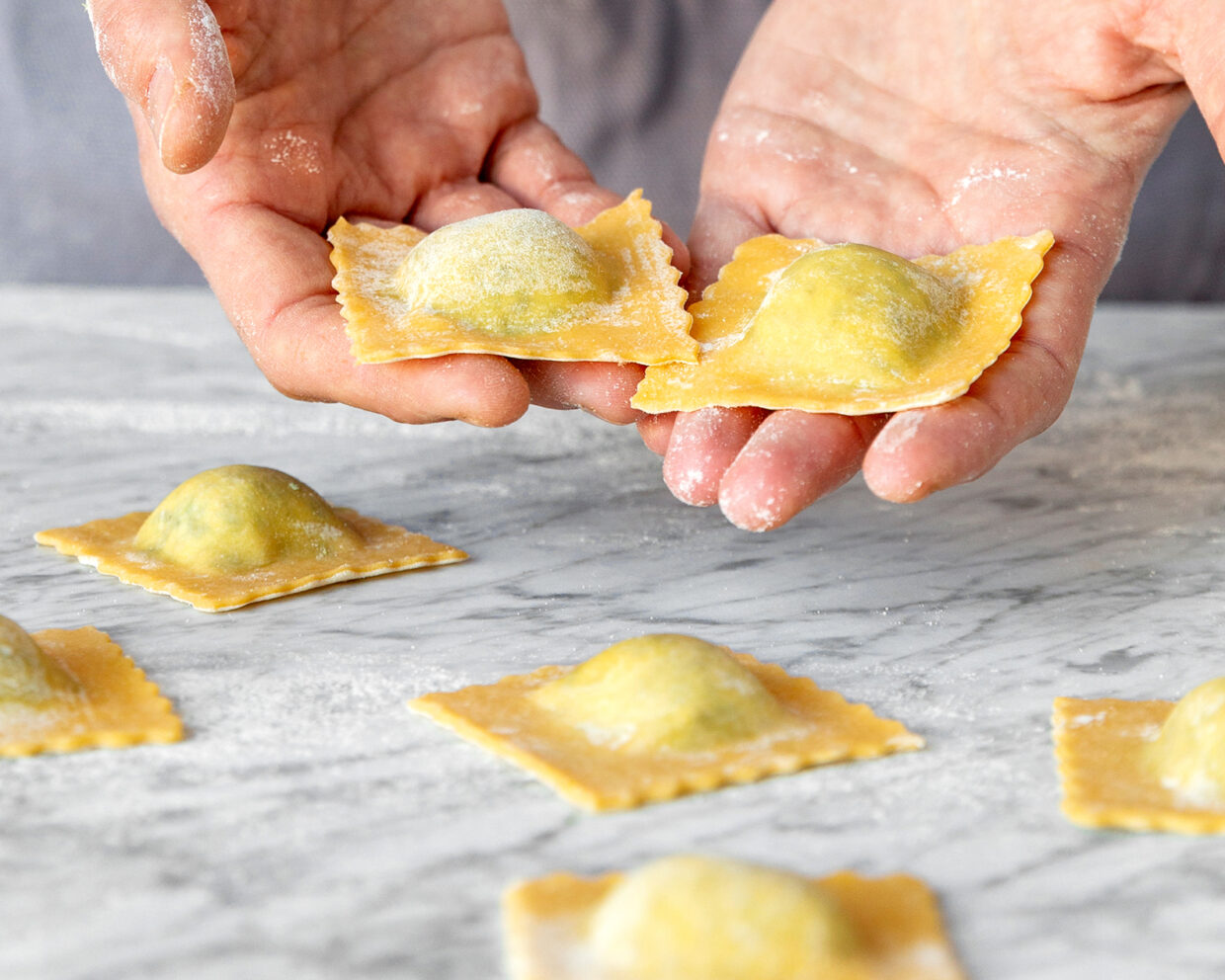
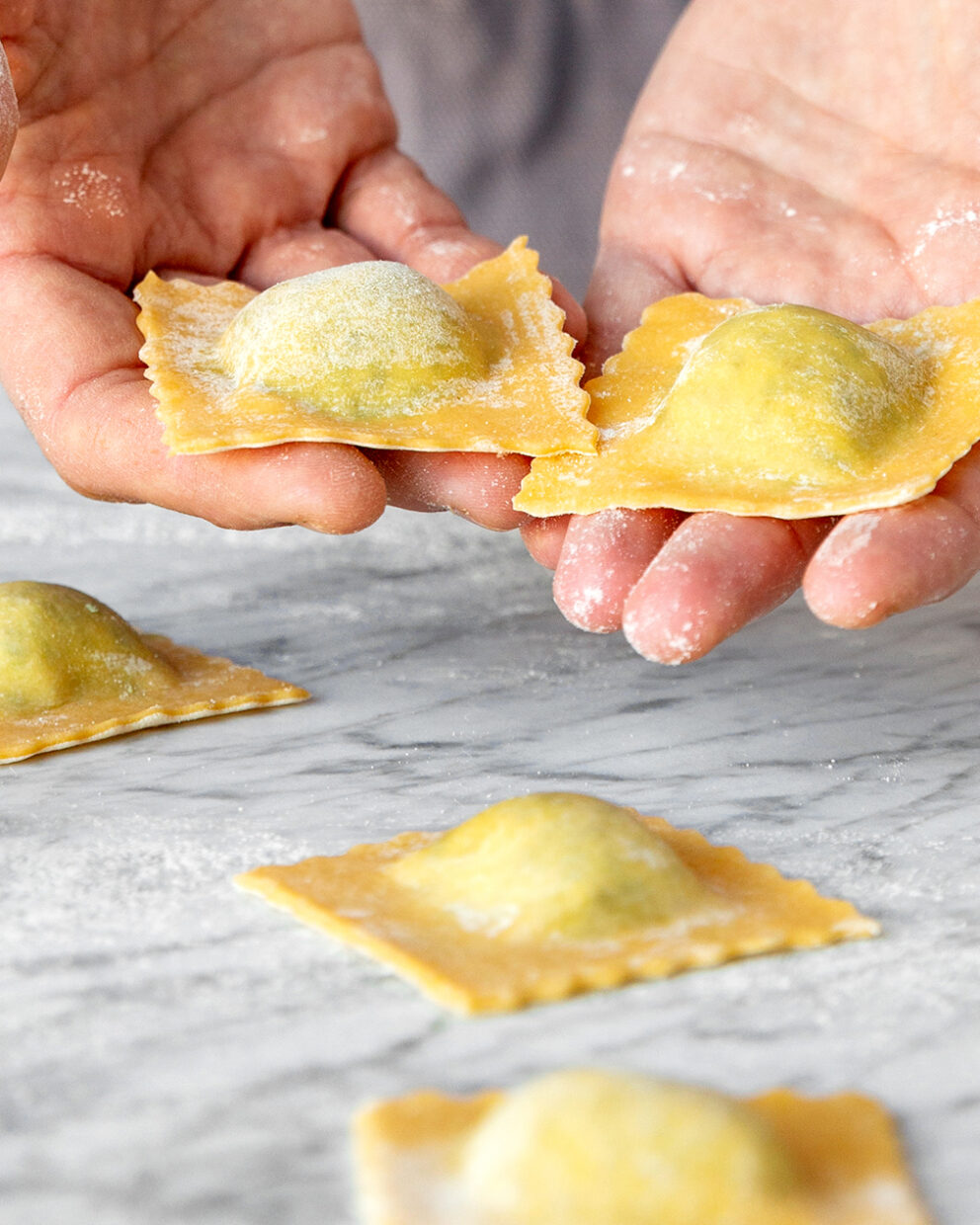
Want to share your thoughts? We're excited to hear what you think of the article. Tell us about your ideas, tips or questions! Leave a comment and share your knowledge with the community. Your opinion counts.
Write a comment